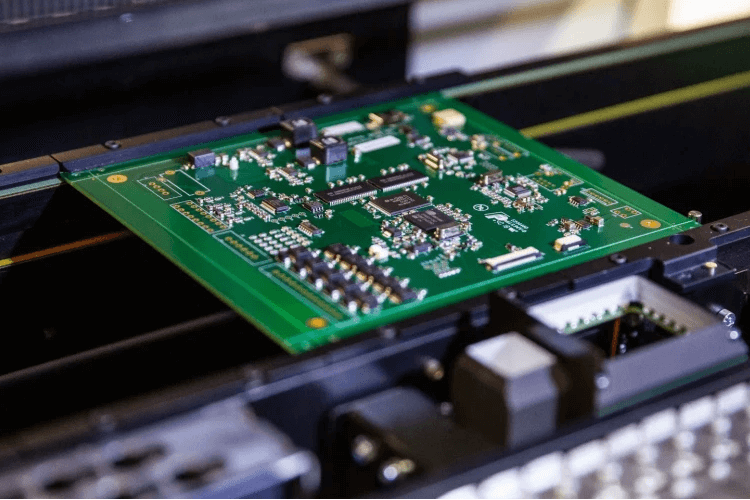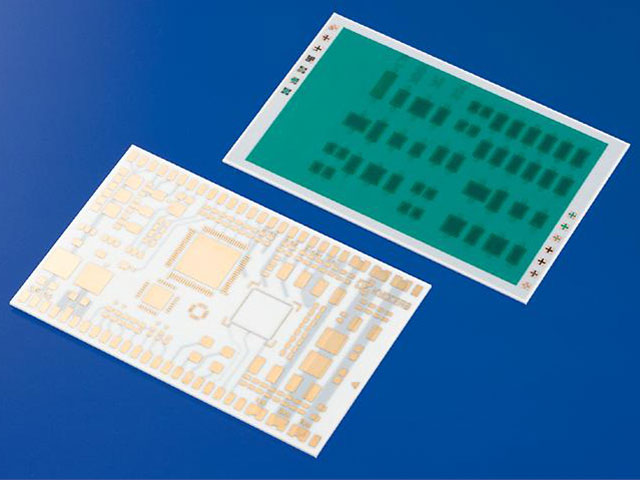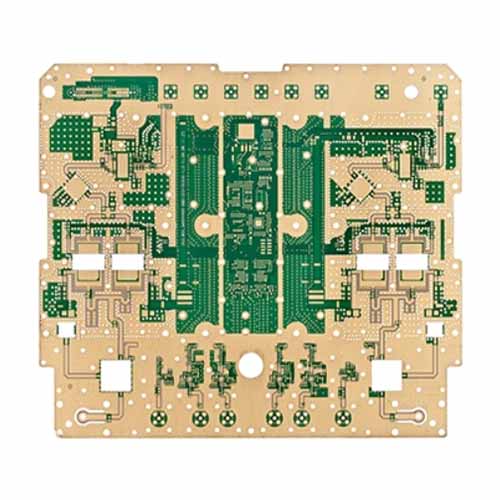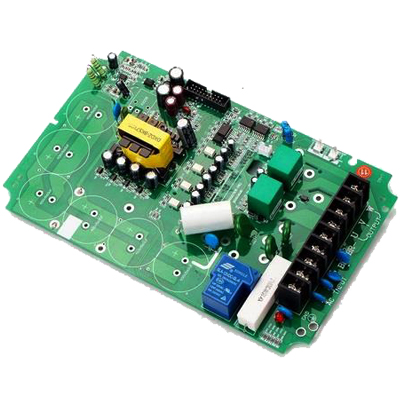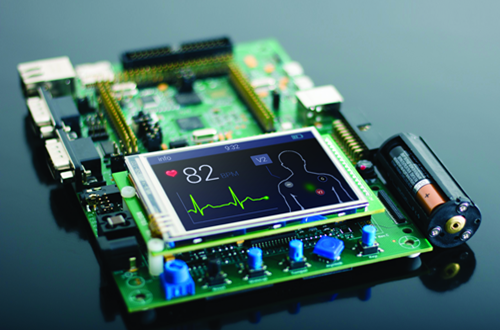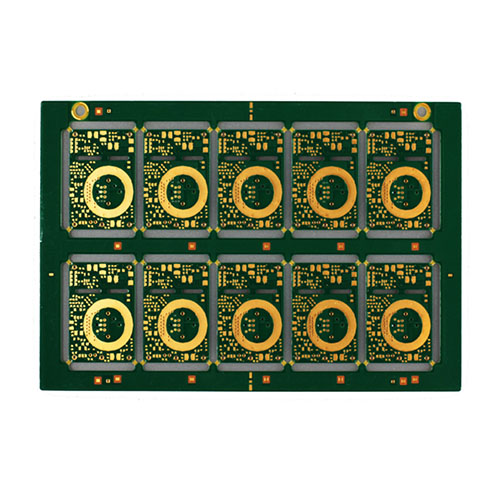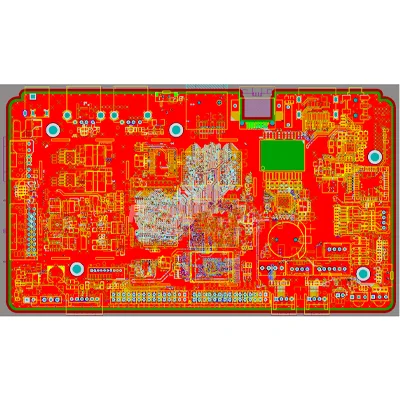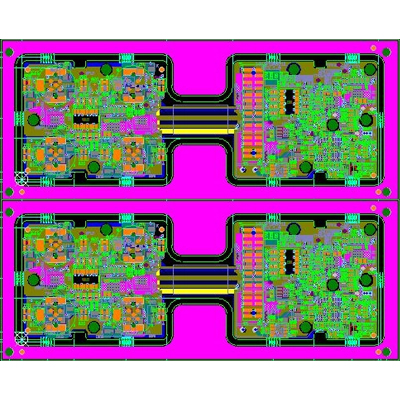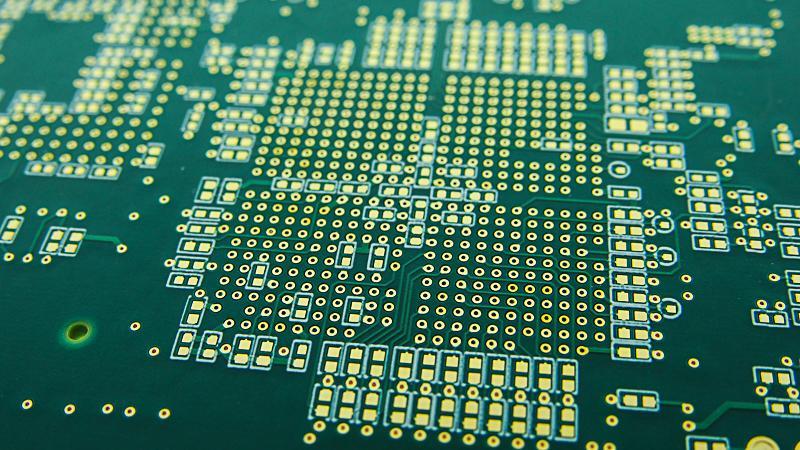A Deep Dive into ADAS PCB Assembly — KKPCB’s Approach to Automotive Precision Advanced Driver Assistance Systems (ADAS) stand at the forefront of automotive innovation, reshaping how vehicles perceive and respond to their surroundings. From adaptive cruise control to automatic emergency braking, these intelligent systems rely on high-performance printed circuit boards (PCBs) to process massive...
HomeCategory
PCB Design Services | Professional PCB Layout & Design - KKPCB
Ceramic PCBs represent a significant advancement in electronic circuit technology, purpose-built for environments where heat management, miniaturization, and long-term durability are essential. Unlike conventional FR-4 boards made from organic laminates, ceramic PCBs use high-performance substrates such as Alumina (Al₂O₃), Aluminum Nitride (AlN), and Beryllium Oxide (BeO). These materials deliver outstanding thermal conductivity, mechanical strength, and...
Unleashing Thermal Power: Aluminum Nitride (AlN) PCB for Next-Generation Electronics IntroductionAt KKPCB, we understand that advanced electronics demand equally advanced substrates. Aluminum Nitride (AlN) PCB represents the forefront of ceramic circuit board technology — a material engineered to deliver unmatched heat dissipation, electrical insulation, and mechanical stability. Unlike traditional FR-4 laminates, AlN PCBs use aluminum...
1. The Foundation of Wireless Intelligence Bluetooth PCBs form the foundation of wireless connectivity in nearly every modern electronic product. These purpose-built circuit boards combine Bluetooth chips, antennas, and power control systems to enable secure, low-power communication between devices. In consumer products, they bring wireless audio to life — from headphones and speakers to smart...
Introduction 5G is not just an upgrade from 4G—it represents a technological leap forward in global connectivity. With ultra-high speed, wide bandwidth, and expanded frequency ranges such as sub-6 GHz and millimeter wave (mmWave), 5G transforms how devices communicate.At the core of this revolution lies one critical component — the Printed Circuit Board (PCB). A...
PCB Design for IoT Devices — Challenges and KKPCB Solutions for Compact, Efficient Boards As the Internet of Things (IoT) reshapes industries—from consumer electronics and healthcare to agriculture—printed circuit boards (PCBs) play a central role in enabling intelligent connectivity. Designing PCBs for IoT devices requires precision, innovation, and balance: compact size, power efficiency, signal integrity,...
Blind and Buried Vias in PCB Design — Structure, Function, and Manufacturing Insights As the miniaturization of electronic components continues to accelerate, PCB designs must accommodate finer pitch components and higher circuit densities, especially in advanced mobile, communication, and computing applications. One of the critical technologies enabling this evolution is the use of blind and...
RF PCBs – Advanced Radio Frequency Printed Circuit Boards RF (Radio Frequency) and Microwave (MW) PCBs are essential in today’s wireless technologies — from handheld medical and industrial devices to advanced radar, communication base stations, and global positioning systems. At KKPCB, we collaborate closely with your design and engineering teams to ensure that both cost...
The Evolution of Medical PCBs Printed circuit boards (PCBs) have become the backbone of modern electro-medical technology. From pacemakers and defibrillators to MRI systems and wearable glucose monitors, the demand for compact, high-performance, and highly reliable electronic assemblies continues to rise. At KKPCB, we understand that medical electronics are not just products—they are lifelines. Every...
5G and IoT: Transforming the World Through Intelligent Connectivity. 5G represents the fifth generation of wireless communication — not merely an upgrade from 4G, but a fundamental leap forward. With lightning-fast data transfer, ultra-low latency, and massive device connectivity, 5G unlocks the full potential of the Internet of Things (IoT). From smart cities to autonomous...

